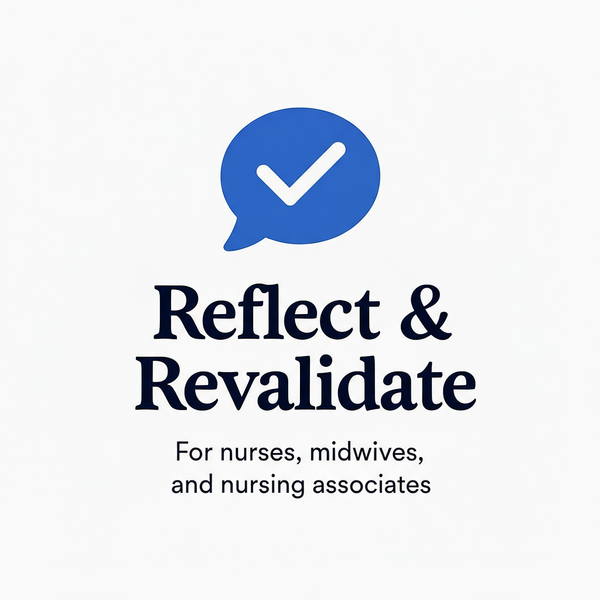Reflection: Managing Pain in a Non-Verbal Child with Cerebral Palsy
Share
Submitted by: L.P. - Children's Nurse, Paediatric Ward
What was the nature of the CPD activity and what did you hope to learn from it?
I was caring for Mia (pseudonym), a 7-year-old girl with severe cerebral palsy who was admitted to our paediatric ward following hip surgery. Mia is non-verbal and communicates through facial expressions, body movements, and vocalisations that her parents understand well.
During my shift, I noticed Mia seemed unsettled—she was grimacing, her body was tense, and she was making distressed sounds. Her pain score using our standard paediatric pain scale showed minimal pain, but her mum insisted something was wrong and that Mia was in pain. I was uncertain how to accurately assess Mia's pain when she couldn't tell me where it hurt or rate her pain on a scale.
Through this experience, I hoped to learn how to assess pain in non-verbal children, work in partnership with parents who know their child best, and ensure children with complex needs receive appropriate pain management.
What did you learn from the CPD activity?
I learned that standard pain assessment tools aren't always appropriate for children with complex needs. Mia's mum explained that her daughter shows pain through specific behaviours—increased muscle tension, a particular cry, and turning her head away when touched. These subtle signs weren't captured by our generic pain scale.
I learned the critical importance of listening to parents as experts in their child's care. Mia's mum knew immediately that her daughter was in pain, even when our assessment tools suggested otherwise. By trusting her knowledge and working in partnership, we were able to provide better pain relief for Mia.
The experience taught me about individualised pain assessment. With Mia's mum's help, I documented Mia's specific pain behaviours and used these to monitor her pain levels throughout my shift. This personalised approach was far more accurate than the standard tool.
I also learned about the importance of proactive pain management for children who can't ask for pain relief. Rather than waiting for Mia to show signs of severe pain, we maintained regular analgesia and monitored her comfort levels continuously.
How did you change or improve my practice as a result?
I now always ask parents of non-verbal or complex needs children to describe how their child shows pain, discomfort, or distress. I document these individualised indicators in the care plan so all staff can recognise when the child needs intervention.
I've learned to use appropriate pain assessment tools for different children. Following this experience, I researched tools designed for non-verbal children, such as the r-FLACC scale (revised Face, Legs, Activity, Cry, Consolability), which is more suitable for children with cognitive impairment.
I've improved my advocacy for children with complex needs. I now proactively discuss pain management plans with medical colleagues, ensuring children who can't verbalise their pain receive adequate analgesia rather than being under-treated.
I've also become more confident in challenging assessment tools that don't fit the child I'm caring for. If a standard tool isn't appropriate, I now use alternative methods and document my rationale clearly.
How is this relevant to the Code?
This reflection demonstrates several aspects of the NMC Code:
Prioritise people (1.2): I made sure Mia's needs were met by adapting my pain assessment approach to suit her individual communication style.
Work in partnership (2.1): I worked collaboratively with Mia's mum, recognising her expertise in understanding her daughter's needs and communication.
Communicate effectively (7.3): I used a range of verbal and non-verbal communication skills to assess Mia's comfort and worked with her family to understand her needs.
Preserve safety (13.1): I recognised that inadequate pain assessment could lead to under-treatment and took action to ensure Mia received appropriate pain relief.
Practise effectively (6.1): I assessed Mia's needs using appropriate methods and adapted my practice to provide individualised care.
Do you have any further comments?
Following this experience, I worked with our ward team to develop individualised pain assessment documentation for children with complex needs. We now routinely ask parents to complete a 'pain profile' on admission, describing their child's unique pain behaviours.
Mia's mum later thanked me for listening to her concerns and taking her knowledge seriously. She said it made such a difference to know her daughter's pain was being managed effectively.
This experience reinforced for me that family-centred care isn't just a concept—it's essential for providing safe, effective care to children with complex needs. Parents are true partners in care, and their expertise should always be valued and incorporated into our practice.
